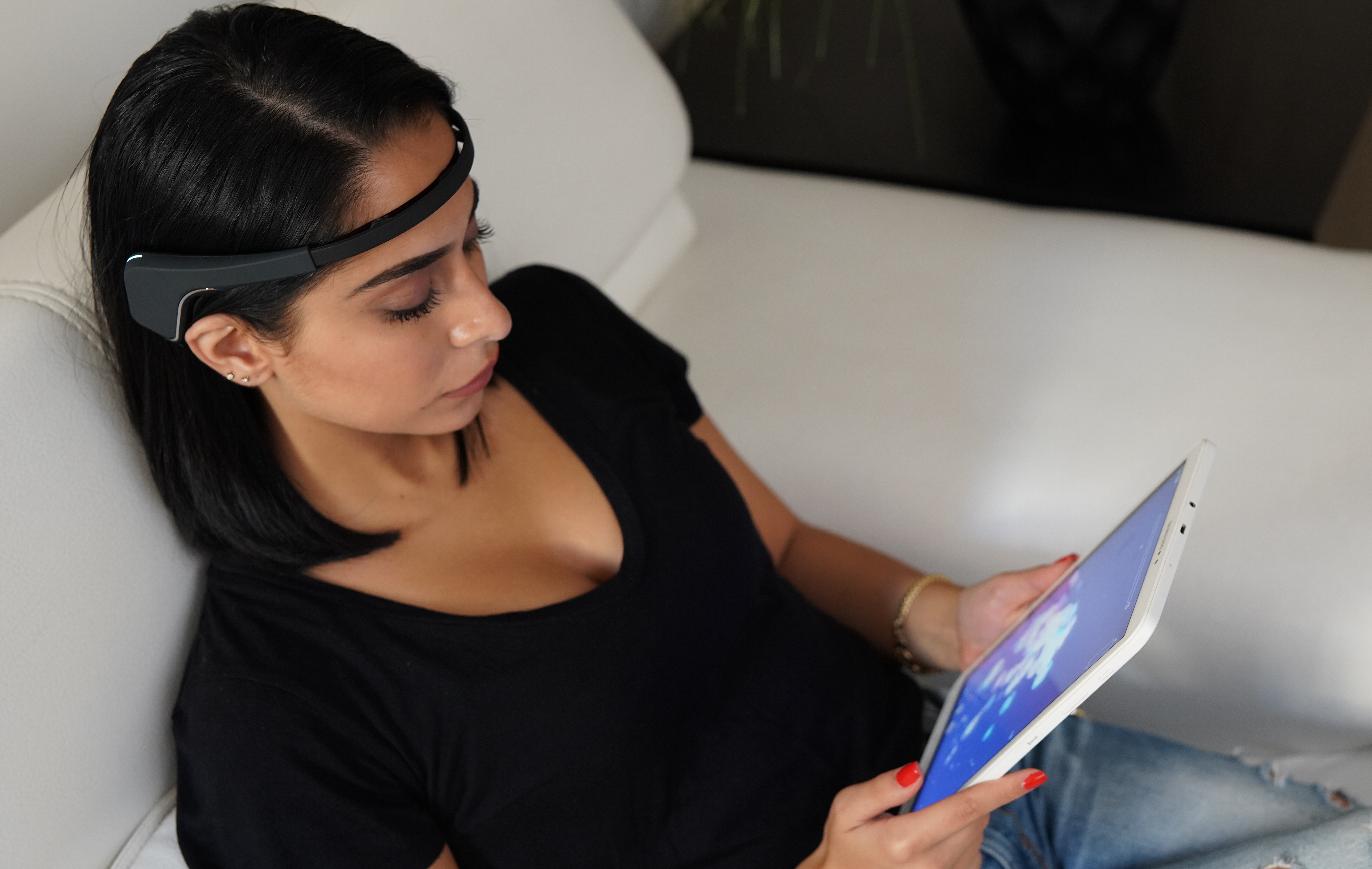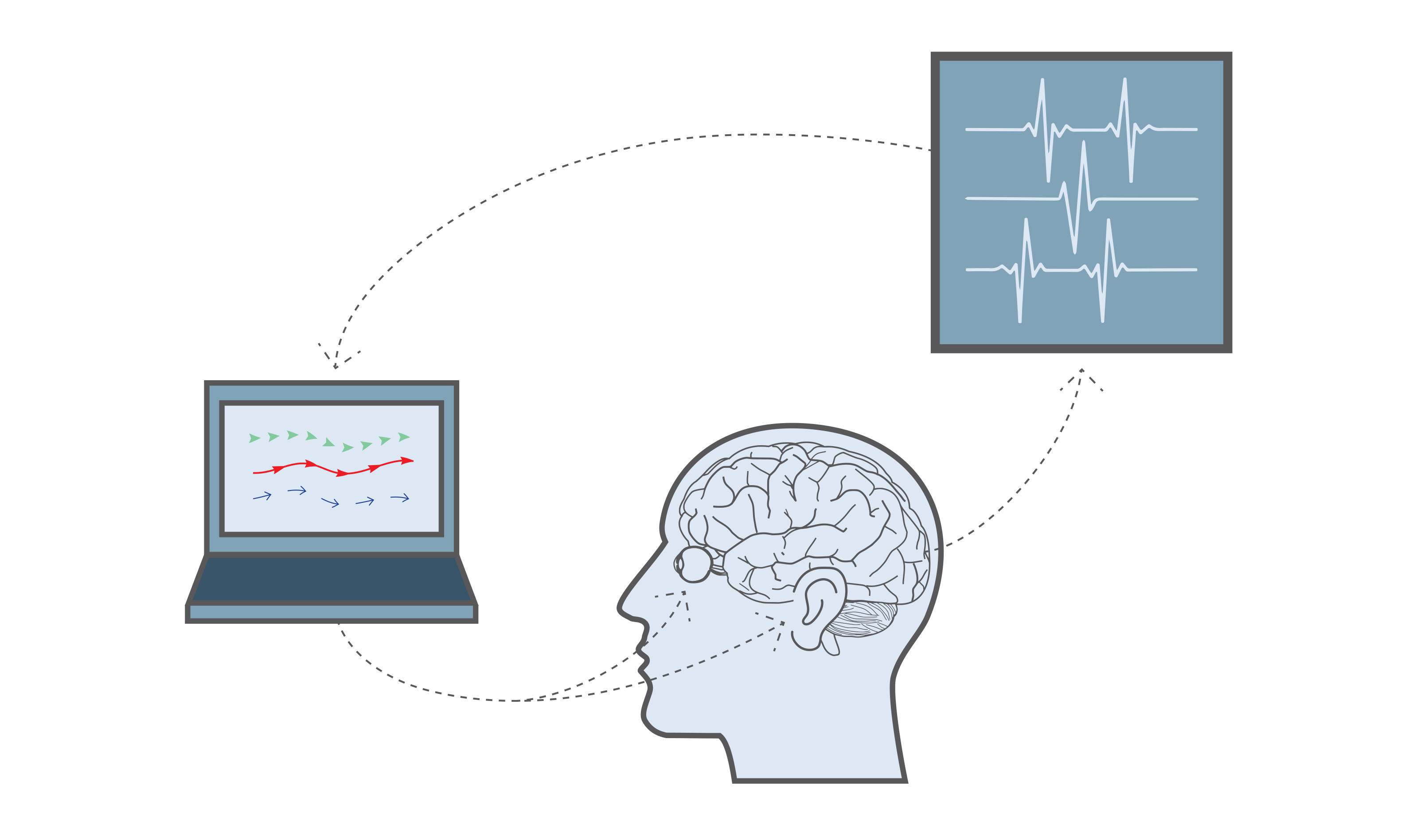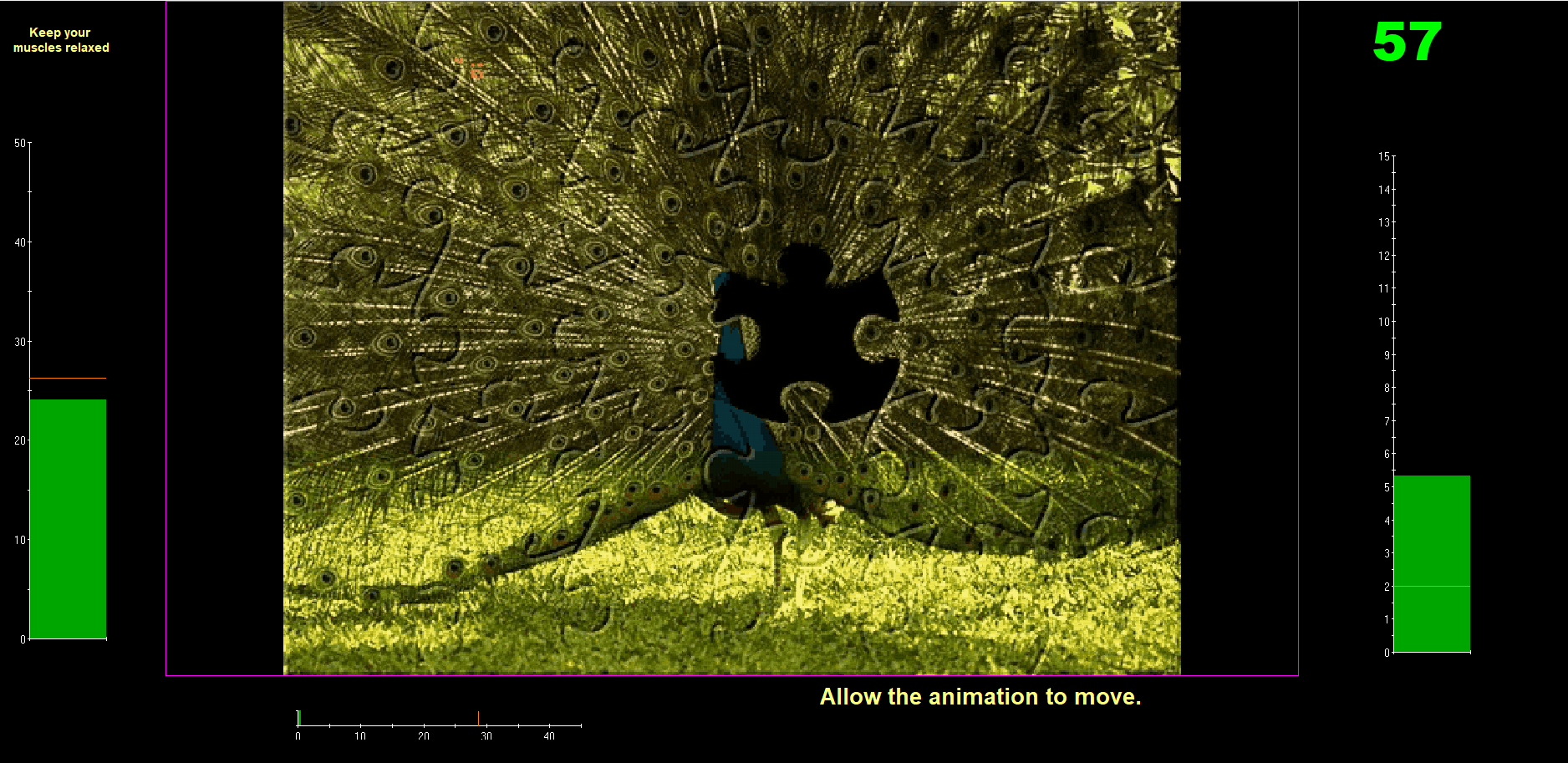What is Neurofeedback?
Are you having trouble sleeping, struggling with ADHD, or wrestling with anxiety? Neurofeedback can help these conditions and many more by utilizing the principles of conditioning and neural plasticity to improve your brain function.

Neurofeedback or “brain training” is a learning therapy that measures brainwaves and provides real-time performance-based feedback to improve various brain functions such as attention.
It is safe, effective, pain-free, non-invasive, medication-free, and can help create lasting improvements for adults and young people. Neurofeedback can help individuals with anxiety, ADD/ADHD, chronic stress, post-concussive symptoms, sleep problems, post traumatic stress disorder (PTSD), memory, depression, and headaches.

The process begins with a brain mapping test (quantitative electroencephalogram or qEEG) that analyzes an individual’s brainwave activity using sensors placed on the head. This test can help identify different areas of the brain that are dysregulated and that may be adversely impacting a person’s ability to think clearly, focus on a task, regulate emotions, cope with life’s challenges, or fall asleep.
For example, some individuals with ADHD have less activated brainwaves — a little like driving a car stuck in second gear — which makes it harder to focus their thinking.

During a neurofeedback session, brainwave data is recorded, transformed into digital format, and then “fed back” to the participant via auditory and visual cues, often in a movie- or video game-like style.
For example, a student with ADHD can pursue neurofeedback or neurotherapy to improve focus and attention. In a neurofeedback session, as the student becomes more focused, positive feedback is given on the computer screen, such as the size of the video expanding. If the student becomes distracted, the video shrinks. This real-time feedback facilitates learning to balance brainwave patterns.

This is an example of a neurofeedback training screen. The puzzle pieces appear as the participant shifts towards the goal brain state, such as an internally relaxed state.
Neurofeedback can help children ages 6 and older with school performance, anxiety, focus and concentration, memory, comprehension, stress, and sleep issues. Listen as neurotherapist Ashley Wiegand describes our Neurofeedback Package for Students designed specifically for children and students.
What sets neurofeedback sessions at PALM Health apart? We offer significant benefits not found elsewhere: most notably we have an on-site neurologist with whom our neurotherapist collaborates on a regular basis. Other benefits of neurofeedback at PALM include an initial brain mapping test (qEEG) created using a research-based database to guide the development of a personalized plan, as well as a PhD licensed mental health therapist who works directly with each individual. We also offer remote neurofeedback training options for those who are social distancing, so that they can train at home.
Listen as neurotherapist Ashley Wiegand explains the difference a board-certified licensed therapist makes in administering neurofeedback training sessions.
Interested in learning more? Connect with Ashley Wiegand through the form below to find out if neurofeedback sessions could benefit you.

